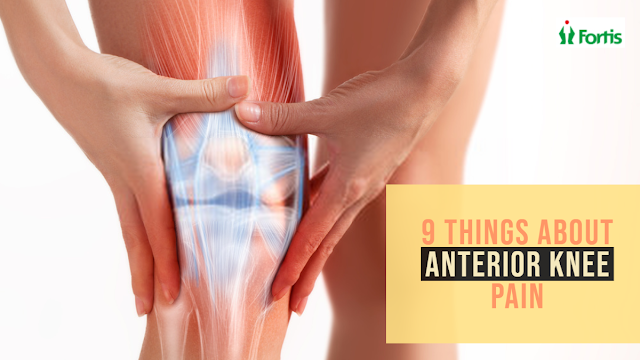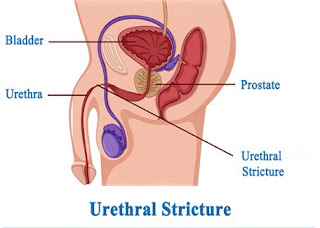9 things about Anterior Knee Pain

Knee pain is a common term that is heard from people of different ages. The anterior knee pain occurs on the front and the centre part of the knee. Major structural damage can be seen on muscles, tendons, ligaments . It is generally observed that patients with anterior knee pain have patellar tracking towards the outer side of the femur. Important facts you need to know about anterior knee pain The kneecap which is also called the patella sits over the front of the knee joint. When the knee happens to be a bend or straighten, the underside of the patella glides over the bones. Anterior knee pain generally occurs when the kneecap does not move properly and rubs against the lower part of the thigh bone. As a result, friction occurs between them and gradually the pain starts. It is caused due to the following problems: ● Chondromalacia of the patella: The softening and the bending of the tissues on either of the knee caps which...





